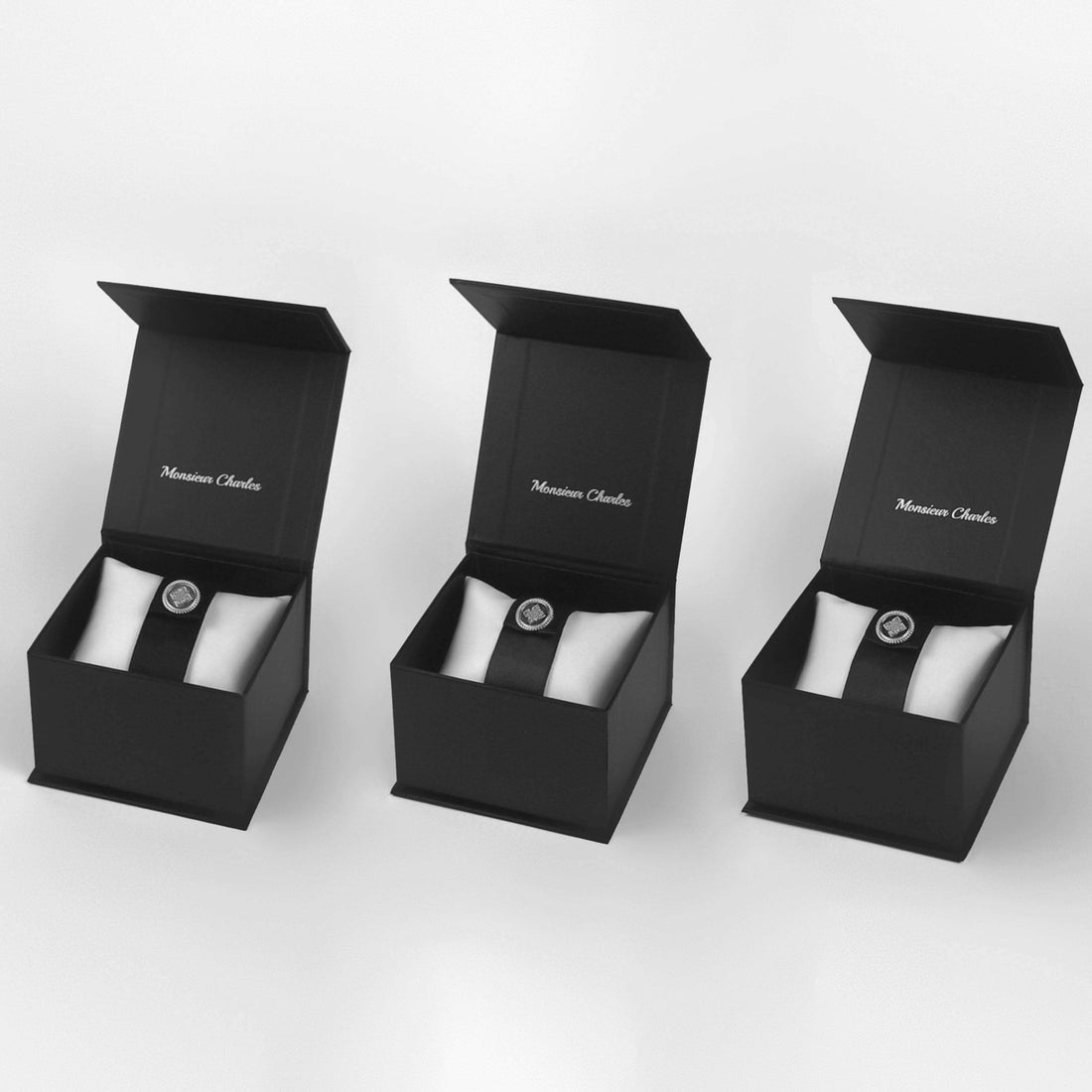In the world of fashion, ties have long been a symbol of formality and sophistication. However, as style evolves, so do the alternatives to traditional ties, offering both men and women creative ways to express their personal style. This article explores the rich history and modern adaptations of neckwear, tracing its transformation from classic to contemporary designs.
The Rich History of Neckwear
Neckwear has undergone a significant evolution, beginning with the cravat. Originating in the 17th century as part of Croatian military attire, the cravat was adopted by the French and quickly became a fashion staple in aristocratic Europe. It was more than just a functional piece; it was a symbol of status and style, often richly decorated or made from luxurious fabrics.
Ascots followed, deriving their name from the famous British racecourse associated with high society and royalty. Popularized in the 19th century, ascots are less formal than traditional ties and are known for their wide, scarf-like appearance. They are typically worn under an open collar and are a favorite for daytime formal events, providing a touch of elegance without the stiffness of a full tie.
The bolo tie, which emerged distinctly in the late 1940s in the American West, marks a departure from European neckwear traditions. Characterized by its simple yet striking design—a cord fastened with a decorative clasp—it is recognized as the official neckwear of Arizona, New Mexico, and Texas. The bolo tie reflects a blend of American cowboy culture and mid-century modernist aesthetics, making it a unique and enduring symbol of Western American fashion.
Each of these historical pieces reflects broader social and cultural trends of their times, illustrating how neckwear can signify much more than just a fashion choice. They represent geographical, historical, and social narratives, making them not just alternatives to ties but also important cultural artifacts.
Contemporary Styles for Modern Preferences
As fashion continues to evolve, the realm of neckwear has embraced more flexible and varied forms, reflecting the diverse tastes of a global audience. Neckerchiefs represent a casual yet chic option, perfect for those who prefer a laid-back yet polished look. Available in a myriad of fabrics and prints, they can be styled in numerous ways to suit different outfits and occasions.
Chokers have reemerged as a popular accessory in both streetwear and high fashion. Originally popular in the 1990s, today's chokers are available in a range of materials from sophisticated velvet to edgy metal, catering to a variety of style preferences. They add a bold statement to any ensemble and can elevate a simple outfit with a touch of drama.
Lightweight scarves are another versatile choice, suitable for all seasons. They can be draped softly around the neck for a splash of color or knotted tightly for a more structured look. Scarves offer an elegant way to add texture and interest to an outfit, proving that alternatives to traditional ties can be both functional and fashionable.
Among these modern alternatives, the Harlem Tie is the most modern and innovative alternative to a tie. Merging tradition with modernity, this accessory honors the classic elegance of ties while embracing the relaxed, urban vibe of contemporary fashion. With its distinctive design, including a 24-karat gilded button, the Harlem Tie complements both jewelry and attire, offering a polished yet approachable look. This piece not only concludes the rich history of the tie but also signals the future of neckwear as a fusion of old and new, formal and casual.
The Future of Neckwear
Looking ahead, the future of neckwear appears vibrant and inclusive, blending tradition with innovation. The rise of unisex and gender-neutral fashion has paved the way for more experimental and expressive forms of neckwear. The Harlem Tie exemplifies this trend, combining the classic elegance of traditional ties with the bold, urban aesthetics of contemporary fashion. It stands as a testament to the ongoing evolution of neckwear, pointing towards a future where personal expression and comfort coexist with formal elegance.
This continuous transformation of neckwear not only enriches the fashion landscape but also offers individuals a broader canvas on which to express their personal style. As neckwear continues to evolve, it invites us to rethink our approach to traditional accessories and embrace new possibilities.

